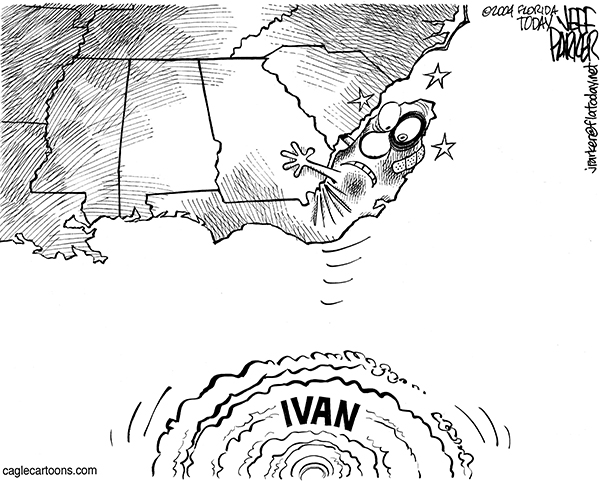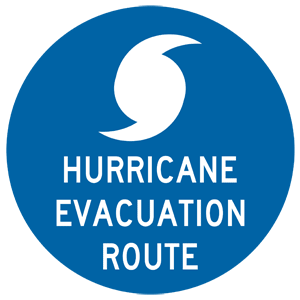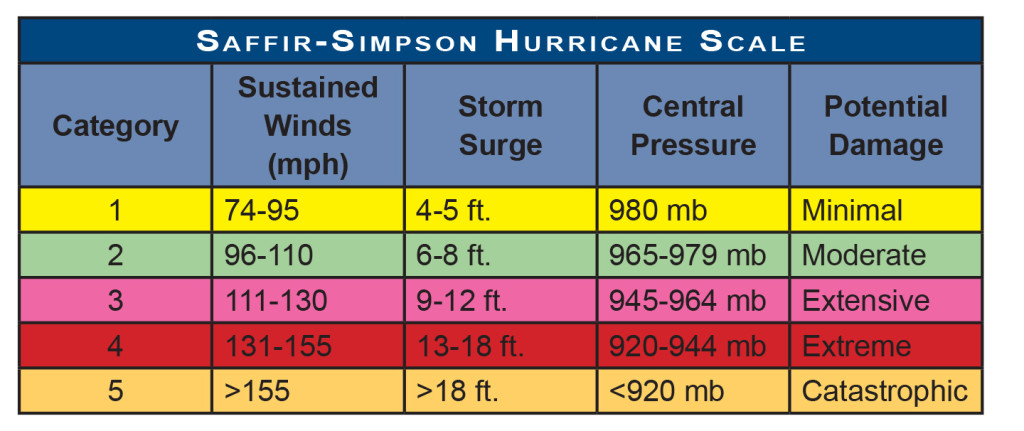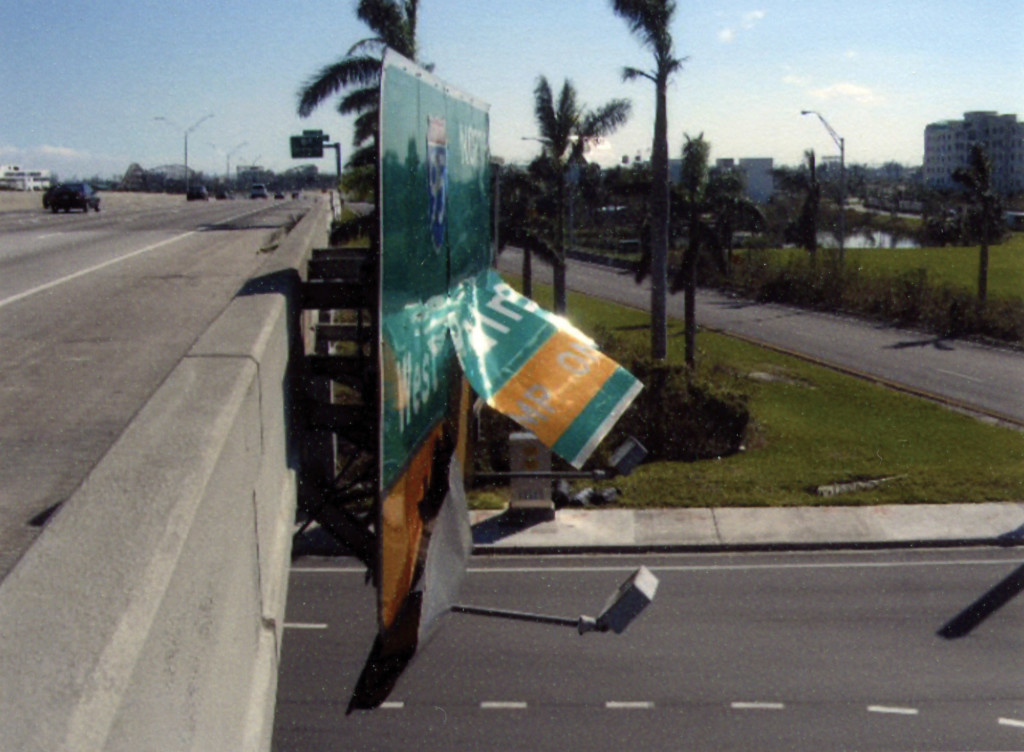Get Me Out of Here! Engineers Help Clear the Path for Hurricane Evacuees
 Take a traffic jam and mix in the panic of unpredictable devastation from Mother Nature. Motorists endure the juxtaposition of hurry up and wait while the clock is ticking. Many have only the clothes on their backs and a few supplies as they flee their homes to a destination unknown – hopefully a safe one. Welcome to a hurricane evacuation.
Take a traffic jam and mix in the panic of unpredictable devastation from Mother Nature. Motorists endure the juxtaposition of hurry up and wait while the clock is ticking. Many have only the clothes on their backs and a few supplies as they flee their homes to a destination unknown – hopefully a safe one. Welcome to a hurricane evacuation.
 East Coast and Gulf of Mexico states, including Florida, continually strive to improve ways for residents to “get out of Dodge” during such storms through logical, free-flowing Hurricane Evacuation Routes – highways and other major roadways designated as direct courses for residents to flee storms efficiently and safely.
East Coast and Gulf of Mexico states, including Florida, continually strive to improve ways for residents to “get out of Dodge” during such storms through logical, free-flowing Hurricane Evacuation Routes – highways and other major roadways designated as direct courses for residents to flee storms efficiently and safely.
Along the Gulf Coast, Hurricane Evacuation Routes lead north and east to the safest major city. Atlantic Coast routes lead north and west. Blue signs mark the routes, pointing motorists to the quickest and safest area. During larger evacuations some routes have paved crossover lanes so, for example, northbound and southbound lanes flow only north and eastbound lanes flow west, known as contraflow.
Thankfully, Southeastern states haven’t had to face such an extreme course of action in nearly a decade. Experts have predicted a lighter hurricane season again in 2015 for the Gulf and Atlantic coasts. Forecasters say an El Niño weather pattern is expected to keep hurricanes from forming during the season’s peak months between August and October. The official hurricane watch season began June 1 and ends Nov. 30. (You can check up-to-date forecasts from the National Weather Service’s National Hurricane Center and the Central Florida Hurricane Center.)
Roadway designers treat projects involving Hurricane Evacuation Routes similarly to others, simply noting in design plans that the route is designated as such. Contractors have a greater responsibility to ensure that if a storm approaches, roads that are under construction are quickly open and usable, usually within 24 hours of an evacuation notice. The only consideration for designers is to account for contraflow on an east/west roadway, if required.
While Florida is in a lull in terms of major storms, residents know that can change quickly. In 2004 Florida was struck by four hurricanes, all making landfall within a period of six weeks. The last major hurricane impact the state suffered was from Hurricane Wilma, a Category 3 storm, in October 2005, which followed Hurricane Dennis, another Category 3 storm, in July 2005.
While many residents chose to evacuate, Ayres staff and other County officials rode out the storms. They immediately went to work after the storm to make sure traffic signals were operational, backup systems were working, flooded roadways drained properly and had no sinkholes, and bridges were structurally sound. Florida counties continually work with state and federal officials each year on hurricane preparedness and undergo testing exercises, usually in May, before the official hurricane season starts.
Ayres Associates’ Structural Inspection Group in Florida also was involved in assessing destruction immediately following storms. After the hurricanes in 2004 and 2005, inspections teams immediately canvassed areas hit hardest by the storms, often working long days and nights in tough conditions. Our inspections teams stand at the ready to assist several Florida Department of Transportation districts to provide emergency inspections after a storm if needed.
In a June 1 Miami Herald story, Federal Emergency Management Director Craig Fugate said despite nine seasons without a major storm striking the United States and another quiet season forecast for 2015, it only takes a single storm to unleash havoc. “You make your luck by being prepared,” Fugate said.
“Just because this season’s numbers are low, it doesn’t mean that people should let their guard down,” AccuWeather.com expert hurricane meteorologist Dan Kottlowski said in this May 21 article about his predictions.
Do you have a hurricane evacuation story? We’re prepared to hear it.

Post a comment: